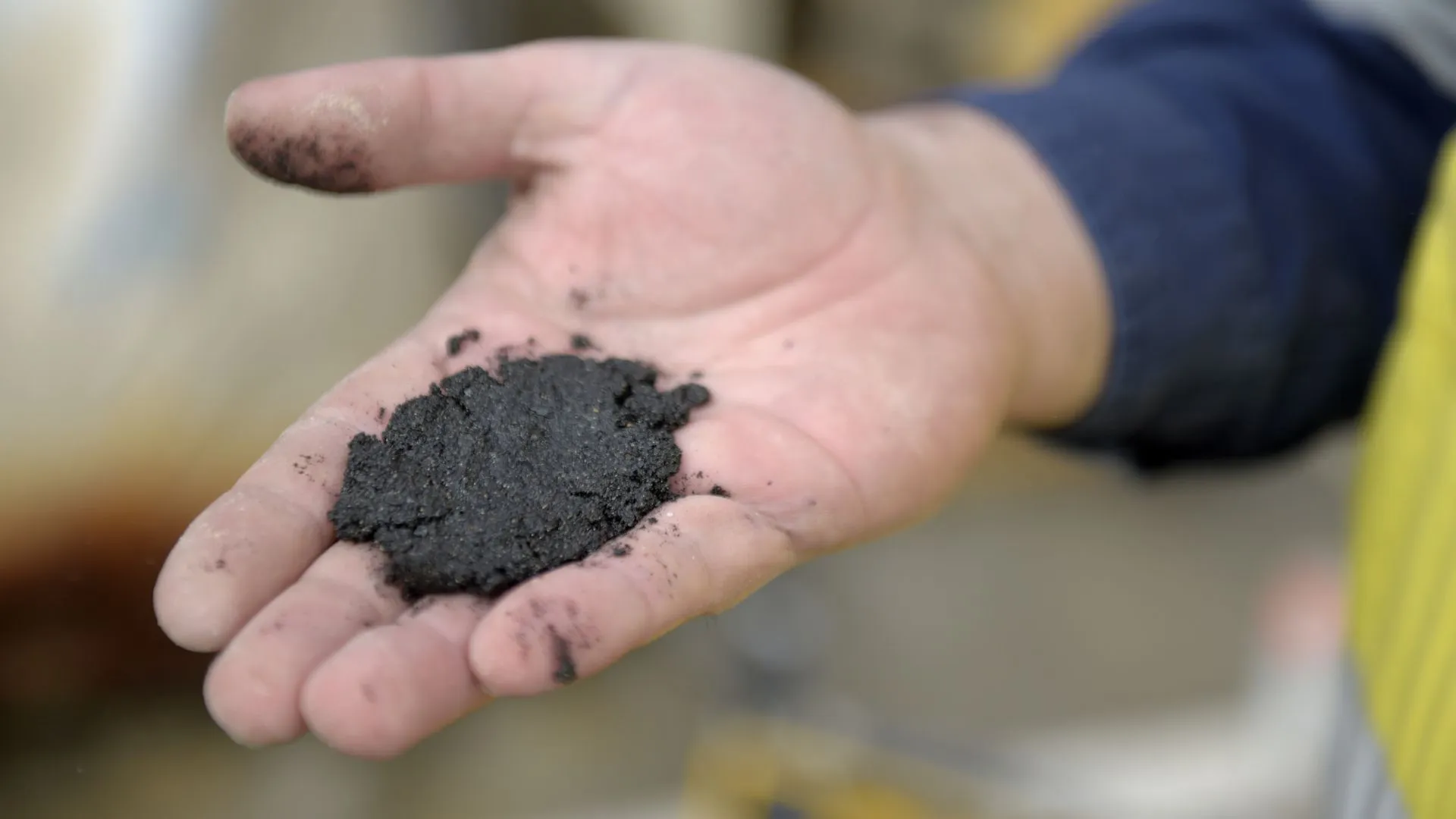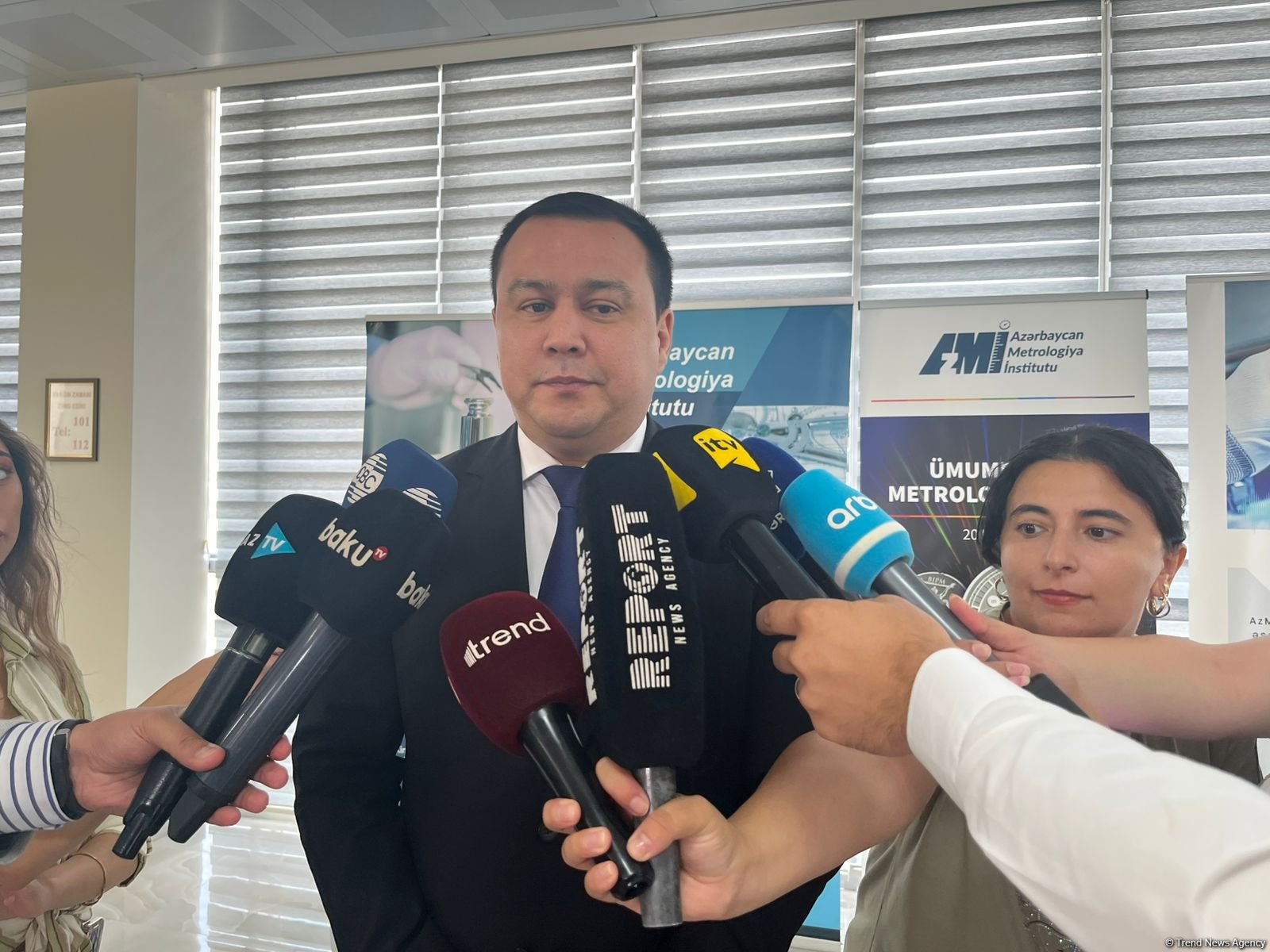
Researchers from Germany have improved lithium recovery from a rocky material. The team used a natural compound derived from the pomegranate tree to improve lithium recovery from smelting slags, a rocky byproduct that’s formed when ores are melted.
Researchers at Clausthal University of Technology highlighted that punicin, a natural compound and its derivatives, can dramatically improve lithium recovery when applied in flotation separation processes. Punicin is a chemical compound first isolated from the leaves of a pomegranate tree in 1994.
50 different punicins tested for lithium recycling
“We’ve now synthesized, characterized, and tested over 50 different punicins for lithium recycling. With optimized flotation parameters and new punicin derivatives, we’ve achieved recovery rates of up to 92 percent,” said doctoral researcher Max Fischer.
Researchers have also pointed out that the team is also exploring the use of punicin derivatives for recovering other lithium EnAMs, such as lithium manganates, as well as valuable minerals like copper or tantalum.
Composed of hydroquinone and a pyridinium ring, the punicin is unique due to its “switchability”: its charge state can be adjusted from +1 to -2 depending on the pH level.
Upon exposure to light — even regular daylight — punicin forms radicals, giving it properties that vary between light and darkness. The simplicity of its structure allows for a modular “building-block” approach to chemical modification, enabling researchers to create a wide range of derivatives, including tunable, surface-active molecules, according to a press release.
Lithium recycling is a complex challenge
“Lithium recycling is a complex challenge that can only be addressed through interdisciplinary collaboration,” said Prof. Schmidt.
Researchers also pointed out that punicin-based collectors attach to the surface of mineral particles like lithium aluminate, making them hydrophobic. As a result, valuable lithium-bearing minerals are carried to the surface by air bubbles, while unwanted materials remain behind.
Higher lithium recovery rate could transform EVs and other sectors
An additional breakthrough: the punicins’ surface interaction can be selectively “switched” using light and pH combinations, allowing for greater flotation control.
Flotation — a separation method long used in ore processing — is now proving effective for lithium recycling. Artificially generated lithium minerals from pyrometallurgical slags, known as engineered artificial minerals (EnAMs), can be selectively recovered.
Currently, lithium batteries are being extensively used in electric vehicles. Such batteries are deeply embedded in daily life — powering everything from laptops and smartphones to electric vehicles. As their use continues to grow, sustainable recycling methods are becoming more critical.
So far, lithium recovery remains expensive and inefficient.
So far, lithium recovery remains expensive and inefficient. The recent effort to improve lithium recovery could be a boon for EV, semiconductor, and other sectors.



